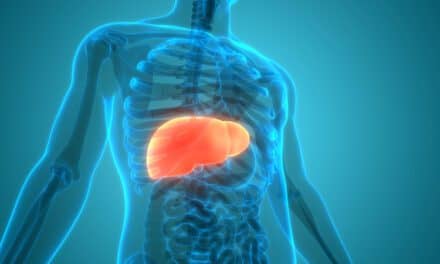Treating pregnant women with opioid use disorder can help minimize opioid-related brain abnormalities in their newborns.
Led by scientists at Cedars-Sinai, this is the first study to report evidence validating the benefits of using medication for opioid use disorder during pregnancy. Brain imaging revealed significant improvements in brain function after treatment. The findings were published in The Journal of Neuroscience.
“We are in a nationwide opioid crisis, so there’s an urgent need for us to better understand how opioid exposure in pregnant women impacts their children,” says senior author of the study Wei Gao, PhD, director of Neuroimaging Research at the Biomedical Imaging Research Institute at Cedars-Sinai and professor of Biomedical Sciences. “Using imaging techniques can help us identify the risks as early as possible so that we can hopefully intervene and minimize the potential adverse impacts on the developing fetal brain.”
Prenatal exposure to opioids and other drugs represents a serious public health concern. The number of pregnant women using opioids has more than quadrupled in the United States between 1999 and 2014. Opioid exposure can alter or impact early brain growth, which can cascade into a myriad of issues that affect social-emotional skills, cognition and behavior.
Despite numerous studies on prenatal opioid exposure, little is known on the neural mechanisms underlying the benefits of the medications—buprenorphine and methadone, among others—that are used to stabilize opioid levels that the fetus is exposed to while in the womb.
To better understand how this class of drugs affects the developing brain and the value of maternal treatments, Gao and his team used advanced resting-state functional MRI imaging to compare the brains of newborns who were prenatally exposed to one or both of the medications with those exposed to opioids, but without any medication.
This emerging technique, resting-state fMRI, allows the team of investigators to noninvasively look at the functional brain organization and see how different parts of the brain are communicating.
“The data from the scans is in a time series of activity from every area of the brain,” said Janelle Liu, PhD, a postdoctoral researcher in the Gao Laboratory at Cedars-Sinai and first author of the study. “We are able to use this data to compare the series between the two brain areas to see just how synchronized their activities are.”
After examining 109 newborns, the team found significant differences in the brains of those who were exposed to opioids prenatally when compared to those who were not exposed. There were changes in functional connectivity in the regions of the brain that involved reward processing in the newborns with opioid drug exposure.
For the babies who were exposed to opioids, but with treatment, the differences partially or fully normalized when compared to a non-opioid exposed brain.
“Our study shows that a baby’s brain can directly benefit from this treatment,” says Gao. “We hope this evidence will help promote the adoption of medication among affected pregnant women for better developmental outcomes.”
In the future, Gao hopes to look at a more comprehensive intervention strategy by combining medication with environmental factors to improve outcomes. Gao is also leading the Cedars-Sinai site of the HEALthy Brain and Child Development (HBCD) Study, which aims to delineate both the typical brain/behavior growth trajectories and how biological and environmental exposures, including opioids, marijuana, alcohol and tobacco, affect development and overall health in children in a large national sample.





